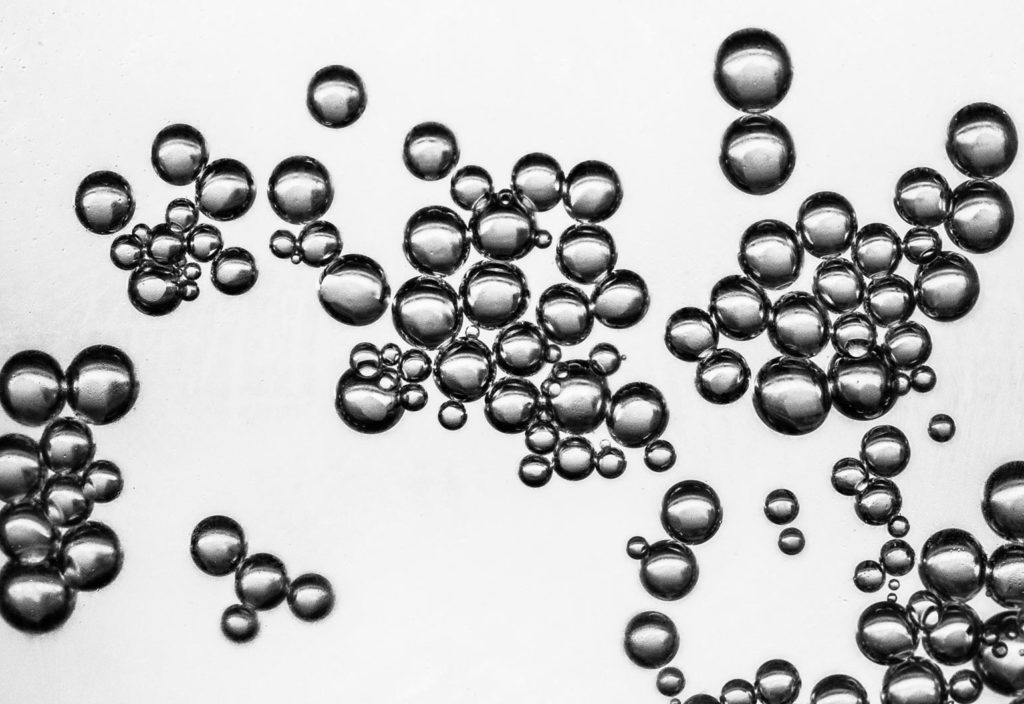Two University of Sydney professors are studying atomic structures to find the cause of hydrogen embrittlement in steels.
Materials engineers Professor Julie Cairney and Dr Yi-Sheng Chen will work with industry partner CITIC Metal to study how exposure to hydrogen makes certain metals more susceptible to early fracture.
According to Cairney, hydrogen can “wreak havoc” on many alloys and “cause catastrophic failure”.
Studying hydrogen embrittlement is especially pressing given how ubiquitous the element is – it’s the most abundant element in the universe.
“Unfortunately, comprehending the behaviour of hydrogen in these alloys is restrictive due to the actual difficulty of observing tiny, light and mobile hydrogen atoms,” said Cairney, from the School of Aeronautical, Mechanical and Mechatronic Engineering.
Point break
Cairney and Chen plan to study the interactions between hydrogen atoms and metal alloys at the atomic scale to see how hydrogen reacts when exposed to high-strength steel.
To study events at such a small scale, the pair will rely on special imaging techniques such as atom probe tomography to 3D map the position of hydrogen atoms. Equipment located at the Australian Centre for Microscopy and Microanalysis, such as Australia’s most powerful electron microscope, will let them peer down at individual atoms and even manipulate them.
Experiments will begin by replacing hydrogen with deuterium; it’s a rarer isotope of hydrogen that behaves similarly to hydrogen at the atomic scale, even though it has an extra neutron.
It’s hoped this switch will remove any interference caused by hydrogen signals found in most analytical instruments. The samples also need to be kept extremely cold to keep atomic movement to a minimum.
“Our research will elucidate how a proposed solution, hydrogen trapping, reduces hydrogen embrittlement, contributing to design criteria for hydrogen-resistant steels,” Cairney said.
Although it’s still early days, Chen said hydrogen-resistant steels will have enormous benefits for the automotive industry, which traditionally relies on heavier, thicker steel components to produce the body and chassis of vehicles.
Vehicles made from lighter steel components require less energy, but they are generally not considered due to safety risks caused by their susceptibility to hydrogen embrittlement.
“Hydrogen embrittlement is one of the major limitations to the usage of steel material for fuel-effective, lightweight cars,” said Chen, who also works within the School of Aeronautical, Mechanical and Mechatronic Engineering.


